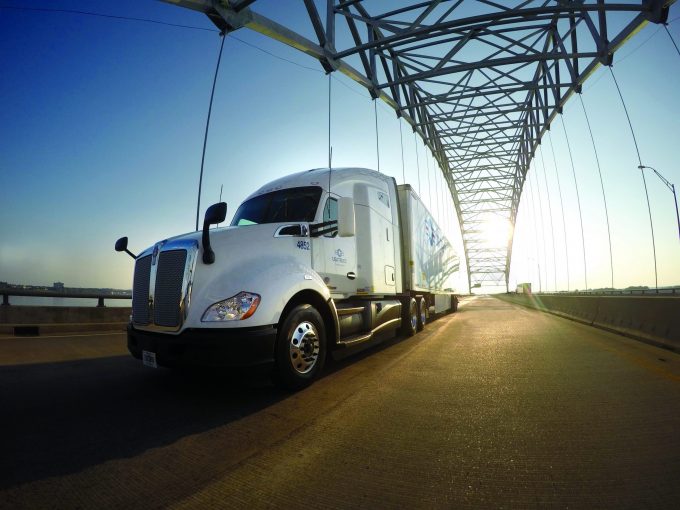Knight-Swift scoops up more Yellow terminals in its quest for LTL reach
Knight-Swift Transportation took another stride on its road to a US-wide LTL network as it ...

The collapse of Yellow Freight, the third-largest operator on the US less-than-truckload scene, hit headlines beyond the industry, but meanwhile devastation generally is playing out across the truckload sector – with the worst yet to come.
Since last year, a rising number of truckers have gone out of business as demand shrank, costs surged and worsening overcapacity pushed rates down.
Although some observers and players have predicted the imminent bottoming-out of the market, in recent weeks the downward trend has continued. According to a study by the US Federal Reserve, freight activity and demand declined between late August and early October, which the authors attribute to excess capacity, weak exports and fewer energy product shipments.
And the combination of surging fuel costs and weak demand in August resulted in what has been described as the toughest market conditions since the early days of the pandemic.
The FTR Trucking Conditions Index slumped from a negative reading of -5.34 in July, to -12.54 in August, and the index noted that surges in diesel costs had hit small operators disproportionately, “as they are less likely to benefit from fuel surcharges”.
The road of pain has lengthened month by month; last year trucker revenues rose 7%, whereas costs climbed 22%, according to Freight 360. Moreover, many who struck out on their own during the pandemic bought trucks at inflated prices, and now find the interest payments tougher to sustain.
“As trucking raters continue to plummet, many trucking providers are operating at a loss to maintain revenue streams,” said Paul Brashier, VP drayage and intermodal at ITS Logistics. “While diesel prices continue to increase, more freight carriers are expected to exit the market.”
Smaller operators are struggling, added Paul Costello, chief economist of American Trucking Associations. He expects more truckers to be forced out in the coming months as a result of a weak peak season, which tallies with predictions in the latest edition of the Cowen/AFS Freight Index, produced by investment firm Cowen AFS Logistics.
“Market conditions for trucking companies look solidly negative through the first quarter of next year, as we forecast no significant strengthening of capacity utilisation or freight rates, and freight demand is stagnant,” commented Avery Vise, FTR’s VP trucking.
In the absence of a demand surge, a significant drop in trucker numbers should eat into the current overcapacity, but so far this has been dampened, as many operators who folded their own business have joined larger firms, added Mr Vise.
Truckers who hope to survive the anticipated tepid peak season are likely going to see more pain in 2024. According to some predictions, the lopsided capacity situation may not find equilibrium before the end of next year, although continuing trucker exits will likely lead to tighter capacity in some markets.
Comment on this article